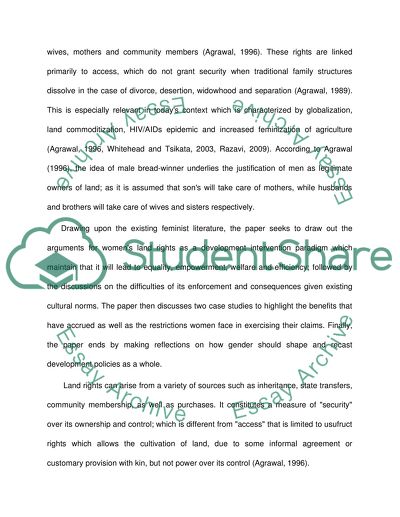Cite this document
(“Microfinance provides both opportunities and challenges for women Essay”, n.d.)
Microfinance provides both opportunities and challenges for women Essay. Retrieved from https://studentshare.org/miscellaneous/1583738-microfinance-provides-both-opportunities-and-challenges-for-women-critically-discuss-with-reference-to-at-least-one-case-study
Microfinance provides both opportunities and challenges for women Essay. Retrieved from https://studentshare.org/miscellaneous/1583738-microfinance-provides-both-opportunities-and-challenges-for-women-critically-discuss-with-reference-to-at-least-one-case-study
(Microfinance Provides Both Opportunities and Challenges for Women Essay)
Microfinance Provides Both Opportunities and Challenges for Women Essay. https://studentshare.org/miscellaneous/1583738-microfinance-provides-both-opportunities-and-challenges-for-women-critically-discuss-with-reference-to-at-least-one-case-study.
Microfinance Provides Both Opportunities and Challenges for Women Essay. https://studentshare.org/miscellaneous/1583738-microfinance-provides-both-opportunities-and-challenges-for-women-critically-discuss-with-reference-to-at-least-one-case-study.
“Microfinance Provides Both Opportunities and Challenges for Women Essay”, n.d. https://studentshare.org/miscellaneous/1583738-microfinance-provides-both-opportunities-and-challenges-for-women-critically-discuss-with-reference-to-at-least-one-case-study.


